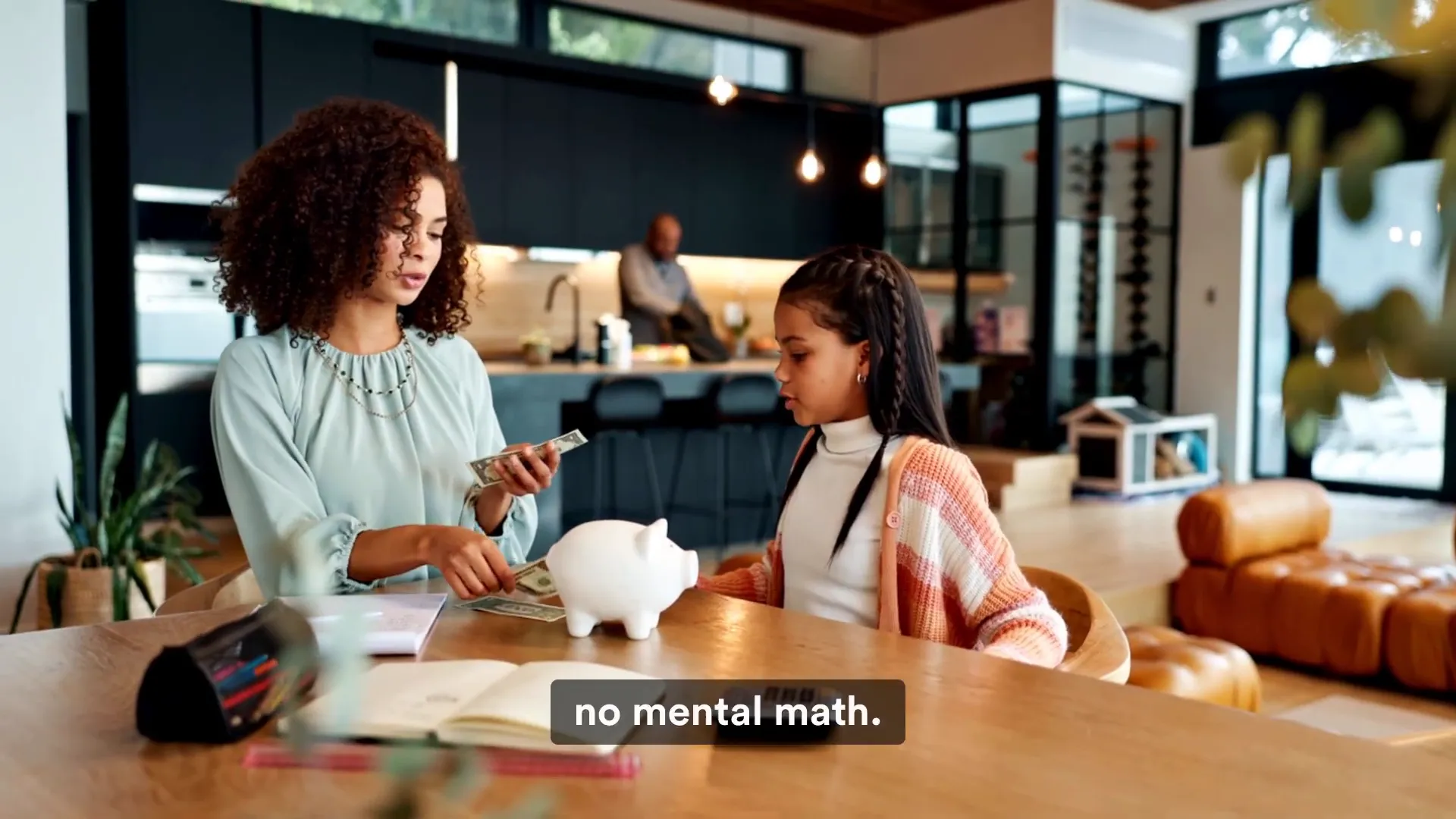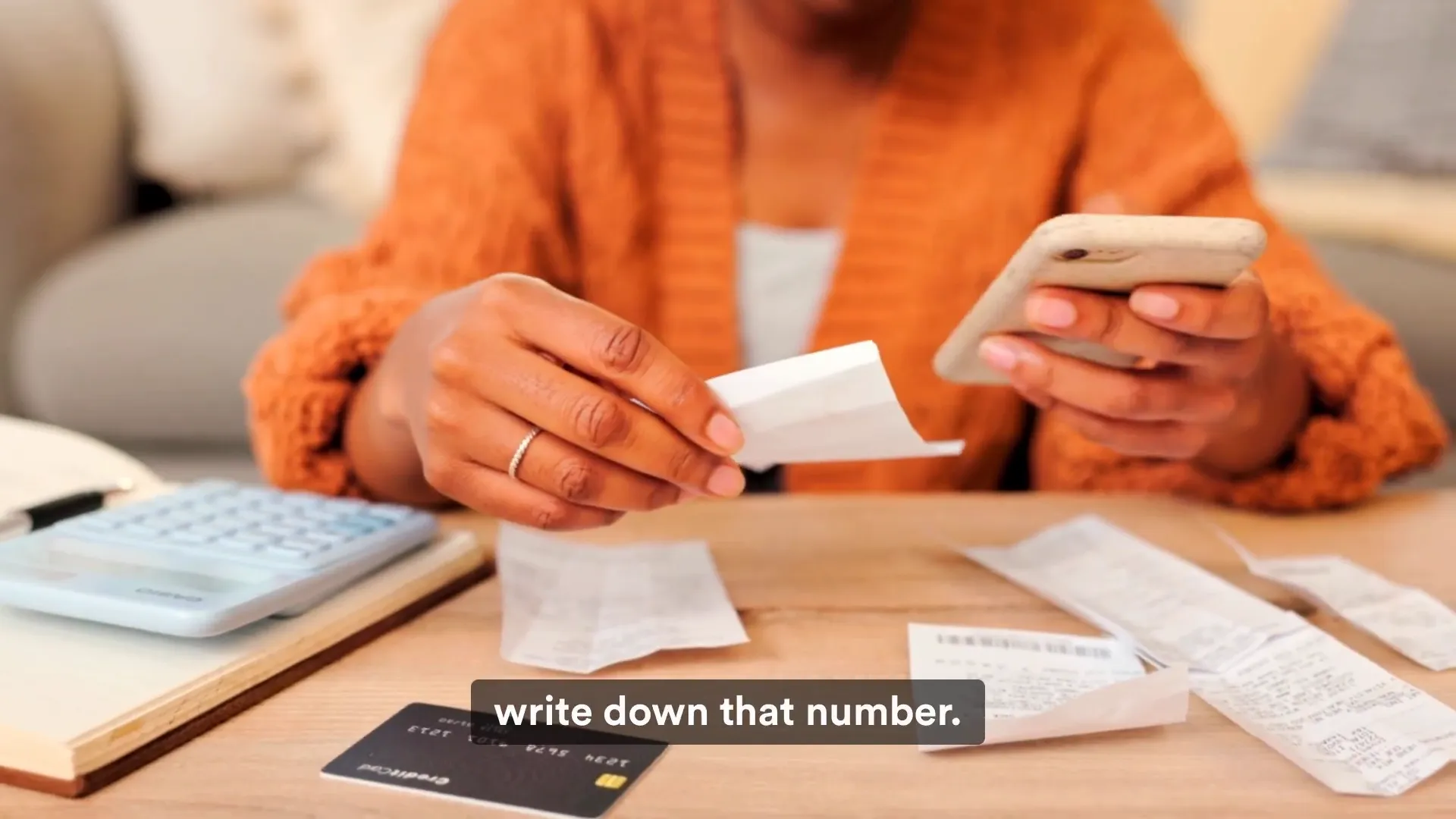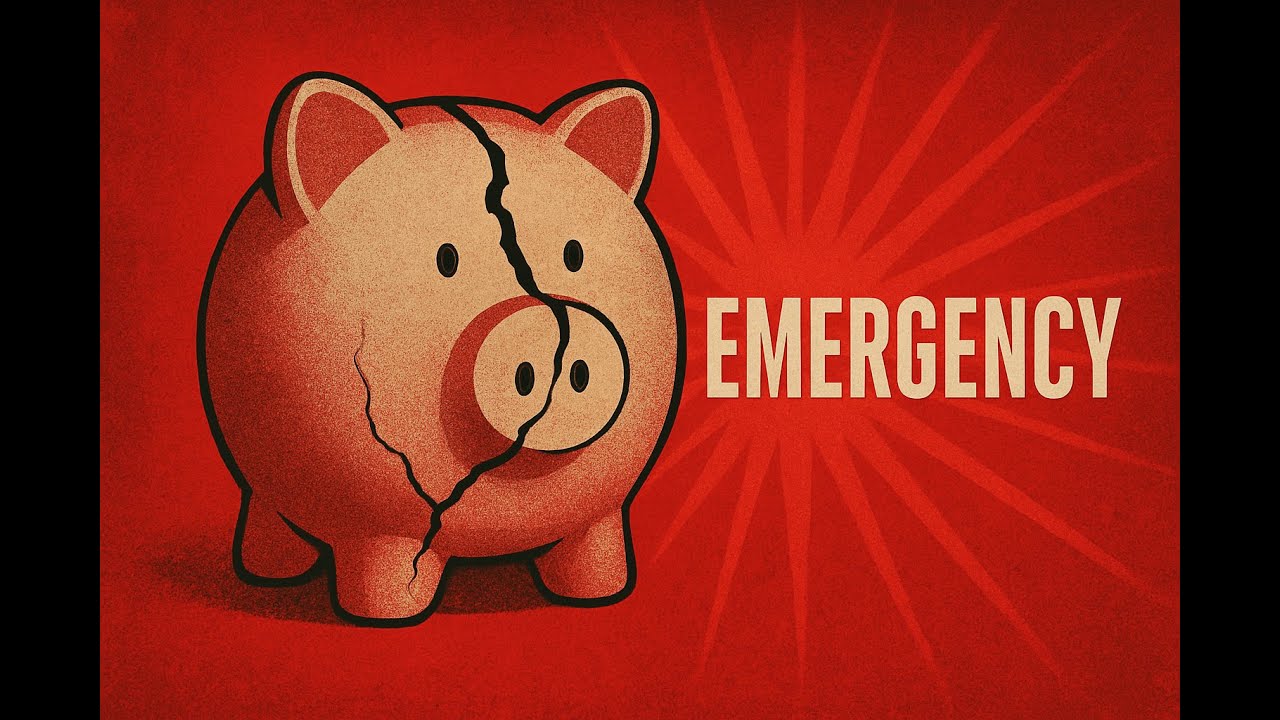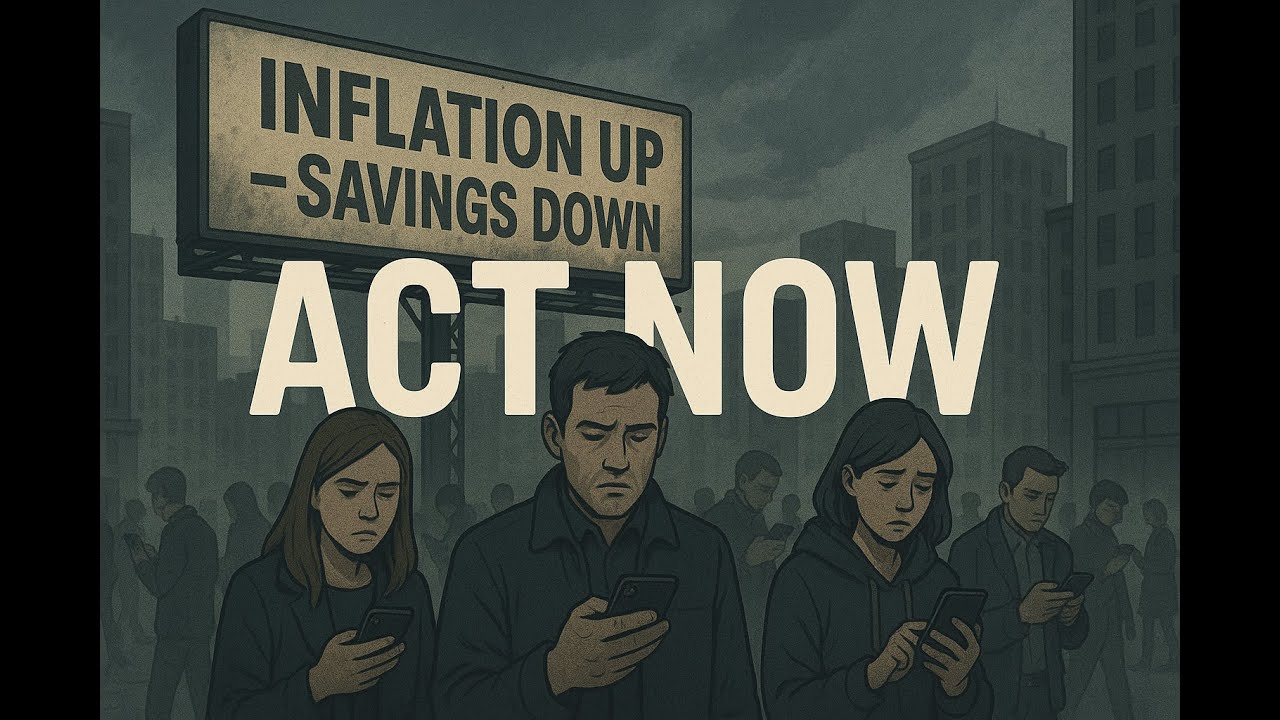The 60/30/10 Rule Nobody Taught You: A Simple Budgeting Method That Works
Discover the 60/30/10 budgeting rule—a simple, effective way to manage your money without complicated spreadsheets. Learn how to balance needs, wants, and savings effortlessly.
Loading video...
The 60/30/10 Rule Nobody Taught You: A Simple Budgeting Method That Works
If you’ve ever felt overwhelmed by complicated budgets and endless spreadsheets, you’re not alone. Many people struggle to stick with traditional budgeting methods, often giving up within weeks. But what if there was a budgeting rule so simple it takes just ten seconds to understand — yet powerful enough to transform your entire financial life? This is the essence of The 60/30/10 Rule Nobody Taught You, a straightforward approach designed by Start With Cents to help you take control of your money without the headache.
Table of Contents
🧩 Why Traditional Budgets Fail You
Ever wonder why you can stick to a morning routine but can’t keep a budget going longer than two weeks? The truth isn’t that you’re bad with money — it’s that most traditional budgeting methods are set up to make you fail.
Conventional budgets demand you track every purchase, sort expenses into dozens of categories, and feel guilty for small indulgences like buying a coffee. Imagine being handed a rulebook with fifty restrictions and told to follow it perfectly every day. Your brain would rebel against this level of control.

This overload leads to decision fatigue — a mental exhaustion from constantly making spending choices and tracking them. Research confirms that when your budget has too many categories, your self-control weakens, and by the end of the week, you’re more likely to make impulsive purchases without thinking.
In short, complicated budgets fight against your natural brain wiring. Your mind craves simplicity and clear boundaries, not endless rules and guilt trips.
📊 Understanding the 60/30/10 Rule
What if you could replace all those complicated categories with just three simple numbers? That’s exactly what the 60/30/10 rule does. It divides your after-tax income into three buckets:
-
60% for Needs: Essentials like rent or mortgage, groceries, utilities, gas, insurance, and minimum debt payments.
-
30% for Wants: Fun, guilt-free spending on things like movies, dining out, hobbies, clothes you don’t need, and streaming services.
-
10% for Future: Savings that first build your emergency fund, then grow your investments or pay down extra debt.

Let’s say you earn $4,000 after taxes each month. Here’s how that would look:
-
$2,400 goes to needs
-
$1,200 goes to wants
-
$400 goes to your future
This system works because it eliminates decision paralysis. When you want to buy something, you simply check which bucket it belongs to — no spreadsheets, no guilt, no mental math.

Most budgets fail because they’re too restrictive. The 60/30/10 rule gives you plenty of room to enjoy life while covering your essentials and building wealth over time. Your brain gets the simplicity it craves, and your wallet gets the structure it needs.
🚀 A Simple 4-Step Plan to Implement the 60/30/10 Rule
Understanding the rule is the easy part. The real challenge is putting it into practice. Here’s a quick, four-step plan that takes under 30 minutes to get started:
-
Calculate your after-tax monthly income. Write down the money you actually take home after deductions. If paid biweekly, multiply by 26 and divide by 12. If weekly, multiply by 52 and divide by 12. Use your real take-home pay, not your gross salary.
-
List your essential expenses. Write down rent, utilities, groceries, gas, insurance, and minimum debt payments. Add them up and see if they fit within 60% of your income. If they don’t, don’t panic — there are ways to adjust.
-
Set up three separate accounts or envelopes. You can use different bank accounts or simply three labeled envelopes: Needs, Wants, and Future. This physical separation makes the system tangible and easier to follow.
-
Automate transfers on payday. Schedule automatic transfers to move money into each bucket as soon as you get paid. This prevents the temptation to overspend in any one category.

If your essentials exceed 60%, consider cutting housing costs, reducing subscription services, or finding cheaper groceries. In expensive areas, you might temporarily adjust to 70/20/10 while working on increasing your income.
For those with irregular income, use your lowest monthly income as a baseline. When you earn more, put the extra into savings or debt payments. When you earn less, prioritize needs first, then savings, then wants.
💡 Why The 60/30/10 Rule Works for Real People
This system is designed for humans, not perfect budgeters. It creates strong savings habits without complexity or guilt. You get permission to enjoy spending on things you love while still building a secure financial future.
Start with your next paycheck: calculate your take-home pay, multiply by 0.6, 0.3, and 0.1, set up your buckets, and automate transfers. That’s it.

Simple systems create lasting change because they work with your brain, not against it. Studies show budgets like the 60/30/10 rule cut financial anxiety in half, making money management less stressful and more effective.
❓ Frequently Asked Questions about The 60/30/10 Rule Nobody Taught You
What if my essential expenses are more than 60% of my income?
If your essentials exceed 60%, look for ways to reduce costs like housing, groceries, or subscriptions. You might temporarily shift to a 70/20/10 ratio while working on increasing your income.
Can I adjust the percentages if my income is irregular?
Yes! Use your lowest monthly income as your baseline. Prioritize essentials first, then savings, then wants. When you earn more, allocate the extra to savings or debt repayment.
Do I need special bank accounts for each bucket?
Not necessarily. You can use separate bank accounts, sub-accounts, or even cash envelopes. The key is to physically separate money so it’s easier to manage and less tempting to overspend.
Is 10% enough for savings and investments?
Starting with 10% builds a solid foundation. Over time, as your income grows or debts decrease, you can increase this percentage to accelerate your financial goals.
Will this budgeting method work if I have debt?
Absolutely. The 10% bucket can be used for extra debt payments after building an emergency fund. This helps you reduce debt faster while maintaining balance in your budget.
📢 Ready to Take Control of Your Money?
The 60/30/10 rule is a simple, effective budgeting method that nobody taught you but can change your financial future. It’s designed to reduce overwhelm, eliminate guilt, and create lasting habits that work with your brain’s natural preferences.
Start today by calculating your take-home pay, dividing it into three buckets, and automating your transfers. You’ll gain clarity, reduce financial stress, and build a path toward financial freedom — all without complicated spreadsheets or endless tracking.
Which bucket will you fund first? Needs, wants, or future? Share your thoughts and experiences below!
Subscribing really helps.
Subscribe to help me create more helpful videos for everyone's benefit.
** Subscribe to @StartWithCents **
🚀 Ready to Build Real Wealth?
You've learned the strategy – now it's time for action!
🎬 Get Weekly Financial Education
Join thousands learning smart money strategies that actually work.
📺 Subscribe to @StartWithCents
💎 Download Your Free Wealth-Building Tools
Get the exclusive "First Dollar Game Plan" – your step-by-step guide to financial freedom.
📚 Continue Your Financial Journey
Explore more money-smart articles and strategies.
📖 Read More Posts • 🏠 Homepage
💡 Remember: Knowledge without action is just entertainment. Take one step today!

